One of the key technologies of new energy vehicles is power batteries. The quality of batteries determines the cost of electric vehicles on the one hand, and the driving range of electric vehicles on the other. Key factor for acceptance and rapid adoption.
According to the use characteristics, requirements and application fields of power batteries, the research and development types of power batteries at home and abroad are roughly: lead-acid batteries, nickel-cadmium batteries, nickel-metal hydride batteries, lithium-ion batteries, fuel cells, etc., among which the development of lithium-ion batteries get the most attention.
Power battery heat generation behavior
The heat source, heat generation rate, battery heat capacity and other related parameters of the power battery module are closely related to the nature of the battery. The heat released by the battery depends on the chemical, mechanical and electrical nature and characteristics of the battery, especially the nature of the electrochemical reaction. The heat energy generated in the battery reaction can be expressed by the battery reaction heat Qr; the electrochemical polarization causes the actual voltage of the battery to deviate from its equilibrium electromotive force, and the energy loss caused by the battery polarization is expressed by Qp. In addition to the battery reaction proceeding according to the reaction equation, there are also some side reactions. Typical side reactions include electrolyte decomposition and battery self-discharge. The side reaction heat generated in this process is Qs. In addition, because any battery will inevitably have resistance, Joule heat Qj will be generated when the current passes. Therefore, the total heat of a battery is the sum of the heat of the following aspects: Qt=Qr+Qp+Qs+Qj.
Depending on the specific charging (discharging) process, the main factors that cause the battery to generate heat are also different. For example, when the battery is normally charged, Qr is the dominant factor; and in the later stage of battery charging, due to the decomposition of the electrolyte, side reactions begin to occur (side reaction heat is Qs), when the battery is nearly fully charged and overcharged, What mainly happens is electrolyte decomposition, where Qs dominates. The Joule heat Qj depends on the current and resistance. The commonly used charging method is carried out under constant current, and Qj is a specific value at this time. However, during start-up and acceleration, the current is relatively high. For HEV, this is equivalent to a current of tens of amperes to hundreds of amperes. At this time, the Joule heat Qj is very large and becomes the main source of battery heat release.
From the perspective of thermal management controllability, thermal management systems(HVH) can be divided into two types: active and passive. From the perspective of heat transfer medium, thermal management systems can be divided into: air-cooled(PTC Air Heater), liquid-cooled(PTC Coolant heater), and phase-change thermal storage.
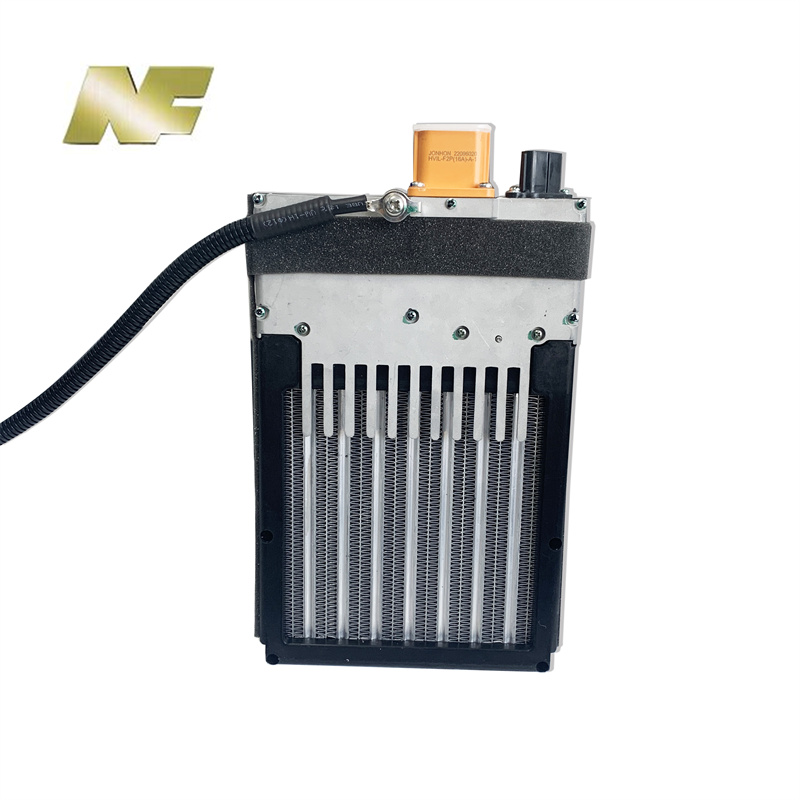
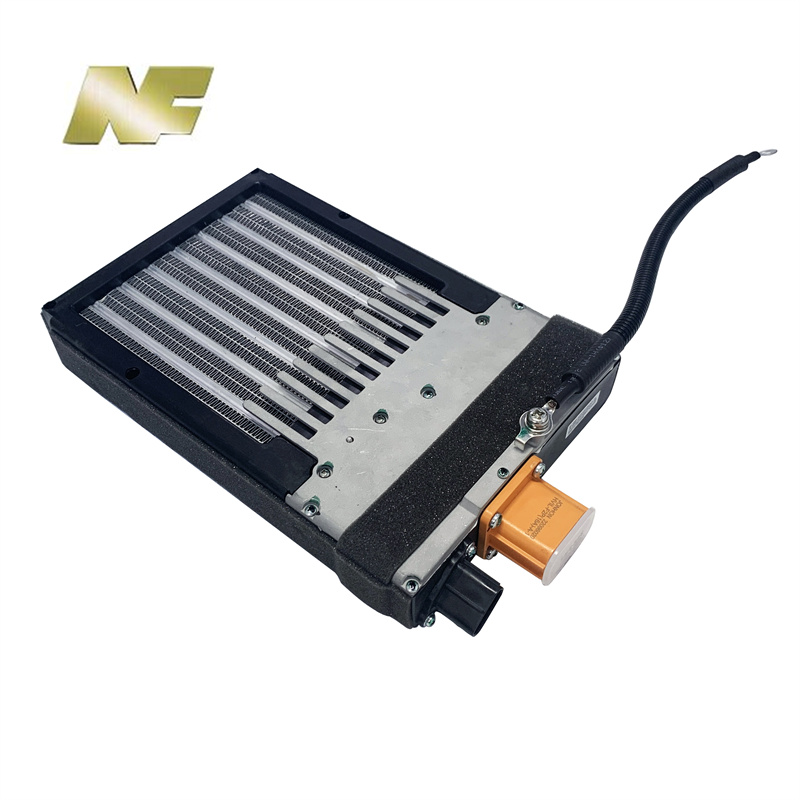
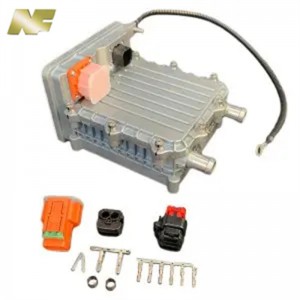
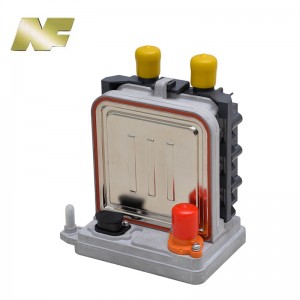
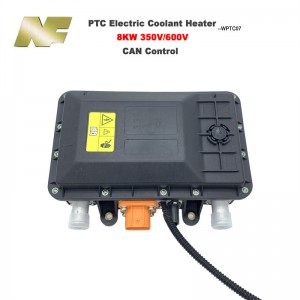
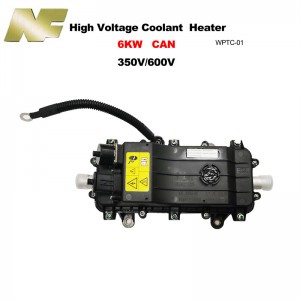
For heat transfer with coolant(PTC Coolant Heater) as the medium, it is necessary to establish a heat transfer communication between the module and the liquid medium, such as a water jacket, to conduct indirect heating and cooling in the form of convection and heat conduction. The heat transfer medium can be water, ethylene glycol or even Refrigerant. There is also direct heat transfer by immersing the pole piece in the liquid of the dielectric, but insulation measures must be taken to avoid short circuit.
Passive coolant cooling generally uses liquid-ambient air heat exchange and then introduces cocoons into the battery for secondary heat exchange, while active cooling uses engine coolant-liquid medium heat exchangers, or PTC electric heating/thermal oil heating to achieve primary cooling. Heating, primary cooling with passenger cabin air/air conditioning refrigerant-liquid medium.
For thermal management systems that use air and liquid as the medium, the structure is too large and complex due to the need for fans, water pumps, heat exchangers, heaters, pipelines and other accessories, and it also consumes battery energy and reduces battery power. density and energy density.
The water-cooled battery cooling system uses coolant (50% water/50% ethylene glycol) to transfer the battery heat to the air-conditioning refrigerant system through the battery cooler, and then to the environment through the condenser. The battery inlet water temperature is cooled by the battery It is easy to reach a lower temperature after heat exchange, and the battery can be adjusted to run at the best working temperature range; the system principle is shown in the figure. The main components of the refrigerant system include: condenser, electric compressor, evaporator, expansion valve with shut-off valve, battery cooler (expansion valve with shut-off valve) and air conditioning pipes, etc.; cooling water circuit includes: electric water pump, battery (including cooling plates), battery coolers, water pipes, expansion tanks and other accessories.
Post time: Apr-27-2023




